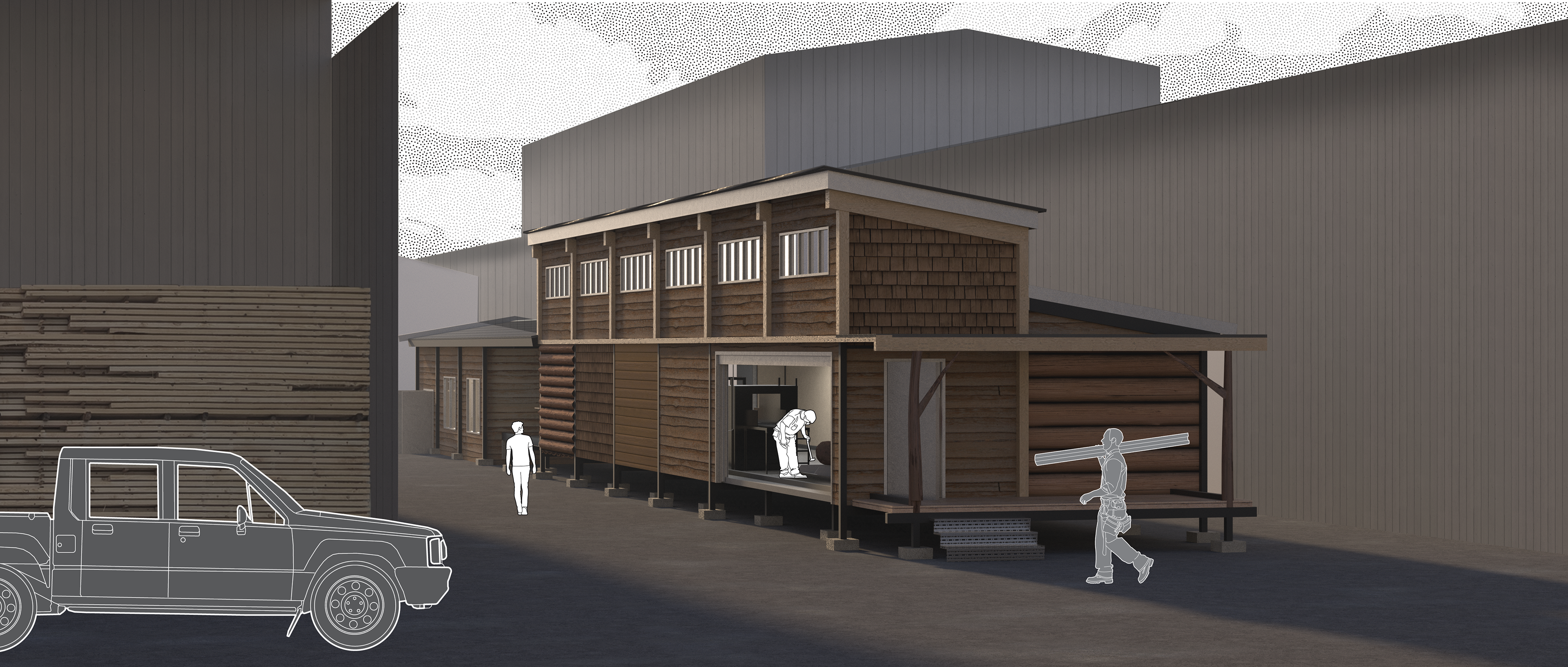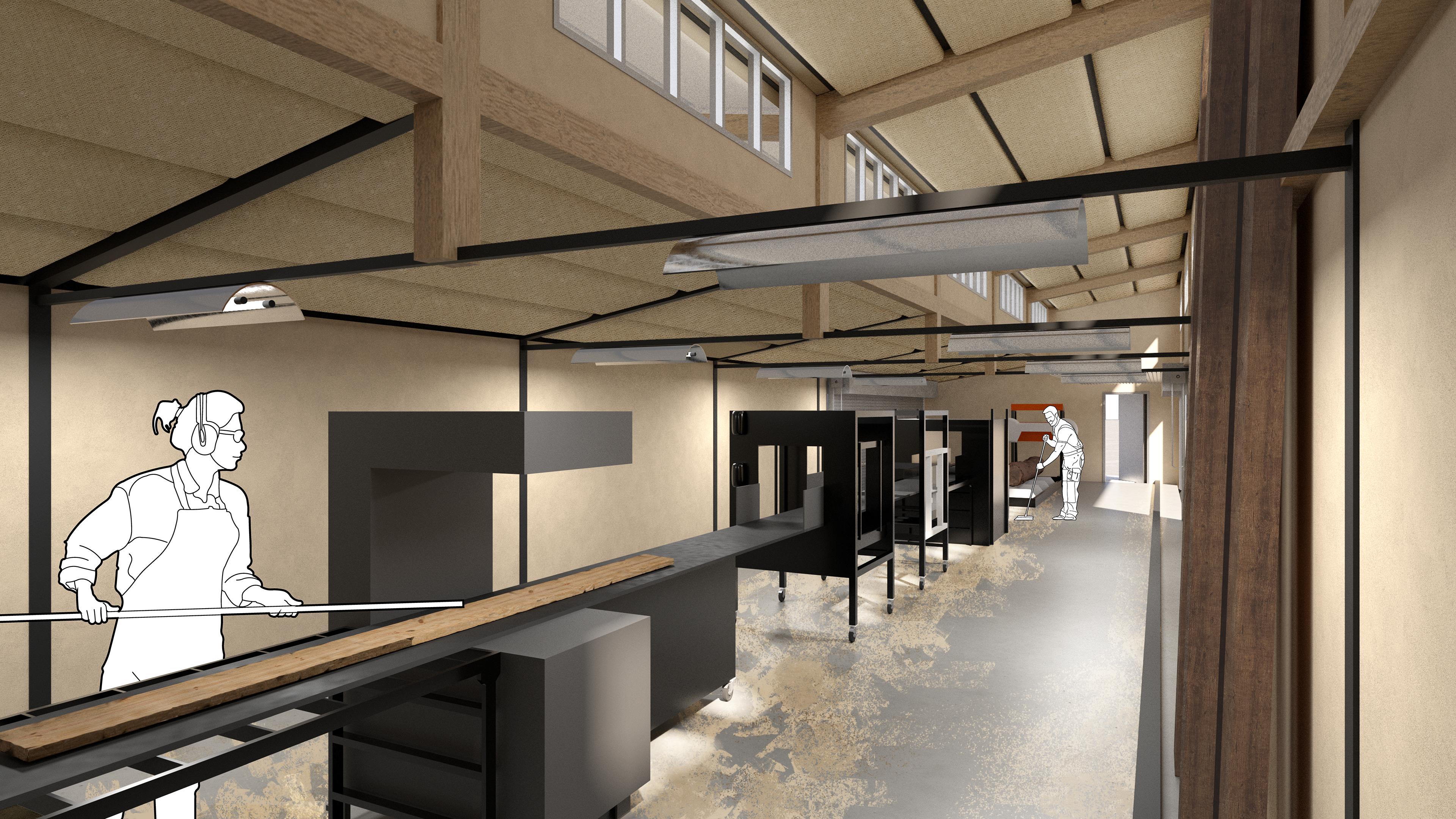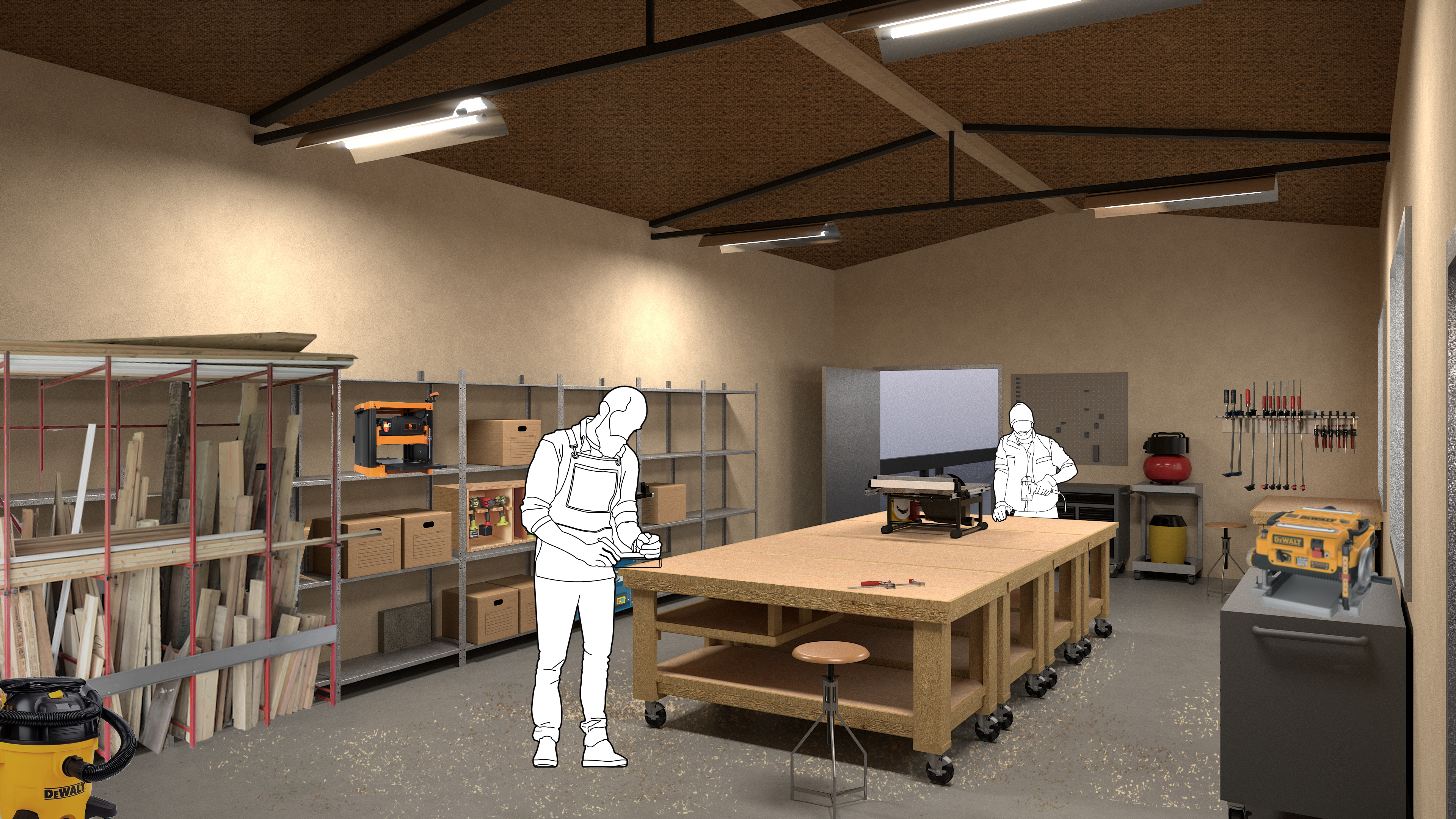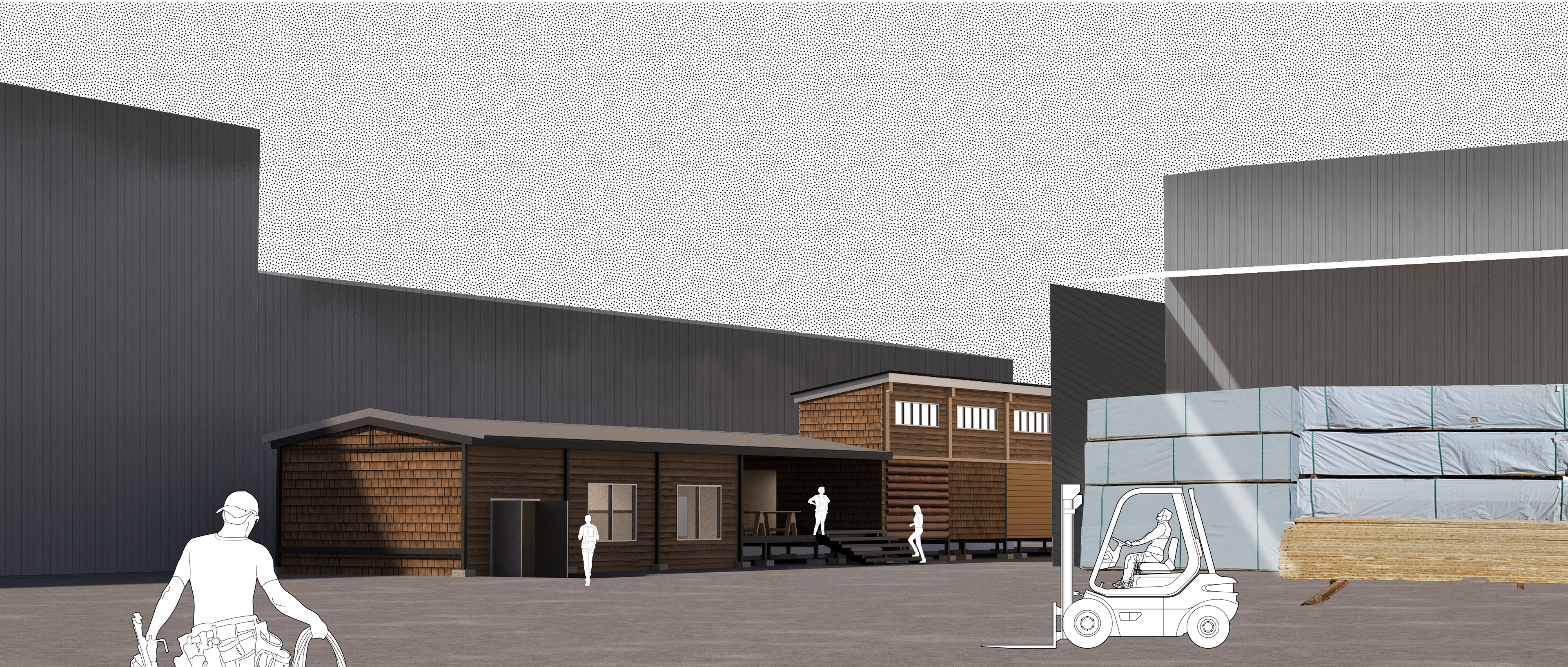A collection of direct quotes from foresters, mill owners and operators, biologists, and activists that this project engaged from October 2024 to June 2025.
The proposal grows out of the specific concerns that were expressed through interviews by local millworkers, forest owners, building industry members and environmentalists over the course of six months.
Log sorting process at the sawmill.
This project proposes two spaces for stakeholders who hold opposing views - a non-compliant wood workshop where architects, timber buyers, and sawmill employees create a new supply chain for these undervalued wood products, and a nature center (naturum) that invites sawmill employees, biologists, and foresters to gather & collaborate.
Project as a “Trojan horse” — using proposals to gain admission into closed sawmill boardroom meetings & initiate a discussion about alternative milling futures.
JGA sawmill site plan. Proposal sites highlighted with green pins - one inside the secure perimeter, and one outside.
Existing derelict steel structure that serves as the basis for the non-compliant wood workshop proposal.
Construction sequence for the non-compliant wood workshop.
Non-compliant wood workshop, plan and section.
Transverse section through proposed workshop. Remaining steel structure in gray, grafted wood structure & envelope assemblies in green.

Approach to the sawhall.

Sawhall interior. Grafted joint between old and new expressed.

Finishing workshop interior.

Approach to the finishing workshop.
The construction of the new nature center using timber planed from rejected logs in the new workshop. Its final form is not the objective of the design – it’s rather the process of interrogating what can be made here, using an underutilized resource, and directly connecting the mill and the surrounding community with a common ground.